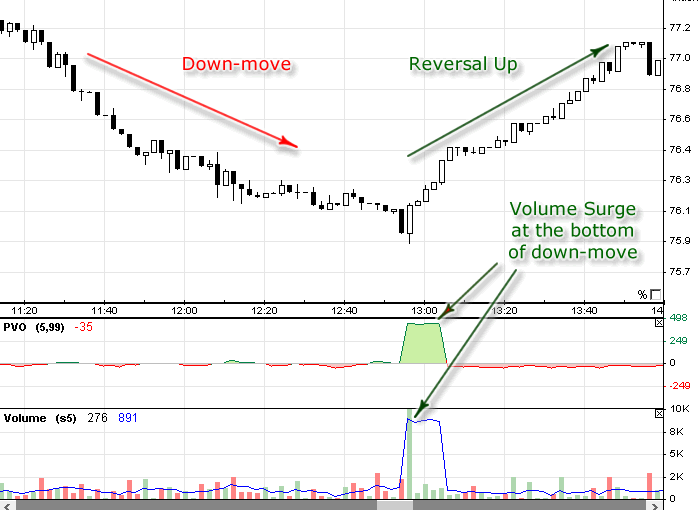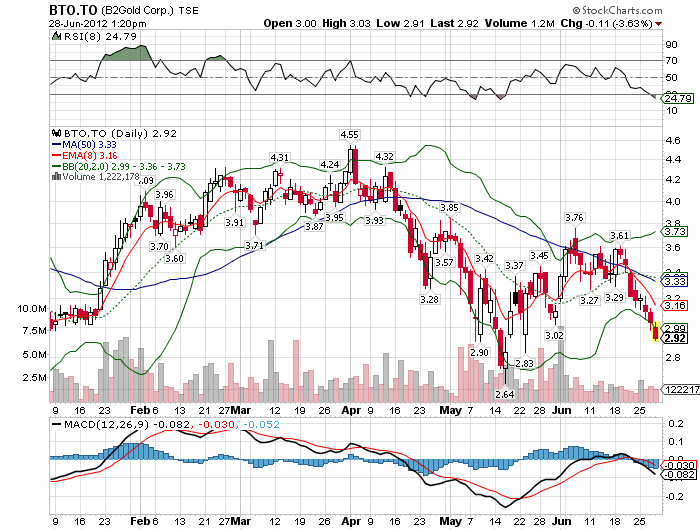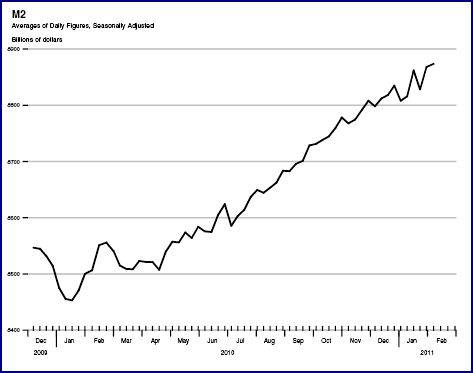
An increase or decrease in the price of complementary goods has an inverse impact on the demand for a given commodity. In the above graph, the price of the complementary good (butter) is shown on the Y-axis and demand for the given commodity (bread) is shown on X-axis. When there is an increase in the price of butter from OP to OP1, then the demand for bread will also increase from OQ to OQ1. Elasticity measures the responsiveness of the demand for an item when the price changes.

In case the customer’s dance class is cancelled, they might decide to enjoy a game of bowling instead. However, it is worth noting that these two products are not typically utilized as replacements for one another. In several markets for commonly-purchased goods, some products are perfectly substitutable yet are branded and marketed differently.
Definition of Substitute Goods
Substitution products provide alternative choices for consumers while they also raise a tighter competition in the market. Consumers can choose an original product or its substitution, which is cheaper or quality. A high elasticity value indicates that the product is a close substitute. If the price of one item rises only in small quantities, the demand for its alternatives will increase significantly. An increase in the price of a product will encourage consumers to choose substitutes.
New York’s Nonalcoholic Beverage Stores Are Booming. Will the … – Commercial Observer
New York’s Nonalcoholic Beverage Stores Are Booming. Will the ….
Posted: Tue, 08 Aug 2023 12:00:10 GMT [source]
Furthermore, if the Substitute goods are of the same quality, then an increase in the price of the Substitute good will lead to a decrease in the demand for the good in question. Lastly, these goods are also important in studying monopolies and oligopolies because they can exert downward pressure on prices charged by firms in these market structures. The difference in each situation is an economic phenomenon known as the price elasticity of demand. The term explains how much demand will change based on the price change.
What Are Substitute Goods?
When people desire a good and want to purchase it, that is considered demand. The law of demand explains the relationship between the price of a good and the quantity demanded. The availability of substitute goods can affect demand by providing consumers with alternative options, which can lead to a shift in demand away from a particular product or service. Quantity and supply can also impact consumers’ decisions to purchase substitute goods.
- Indirect substitute goods typically have a low cross-elasticity of demand.
- There are other reasons beyond simple price or supply that cause a consumer to choose a substitute good.
- The sign, i.e. plus or minus, plays a significant role in the cross-price elasticity of demand, as it determines whether the commodities are complements or substitutes.
- If the Substitute goods are close substitutes, then an increase in the price of the Substitute good will lead to a decrease in the demand for the good in question.
Indirect substitute goods can arise from industries or categories that appear to be unrelated. For instance, if the price of bowling increases, some customers may opt to purchase more video games instead. Although these products come from different industries and are different in nature, a portion of consumers may readily substitute one for the other.
Net substitutes are those in which demand for X increases when the price of Y increases and the utility derived from the substitute remains constant. Conversely, when a good’s price decreases, the demand for its substitute may also decrease. In formal economic language, X and Y are substitutes if demand for X increases when the price of Y increases, or if there is positive cross elasticity of demand. Products sold by different firms have minimal differences in capabilities, features, and pricing.
None of these products are actually perfect substitutes because they all have slightly different features and have different performance characteristics. A perfect substitute works essentially the same way and has the same features and qualities as another technology. In practice, many competing technologies are imperfect substitutes. MP3 files are imperfect substitutes for CDs because CDs produce better sound than MP3 files. Butter and margarine are slightly differentiated in terms of taste and the way our bodies assimilate these two fats. In the case of Joan’s jewelry boxes, product substitutes would be any jewelry box or container that could be used to house jewelry.
A bike and a car are far from perfect substitutes, but they are similar enough for people to use them to get from point A to point B. Giving consumers more choice helps generate competition in the market and lower prices as a result. While that may be good for consumers, it may have the opposite effect on companies’ bottom line.
If a person buys one type, he/she is likely not to buy another bread product. If substitute products are readily available in all corners of the market, there is a likelihood of consumers switching more often. Since every producer of the substitute product is trying to sell more, the only things they can rely on are branding and pricing. Thus, the prices of products with many substitutes are highly volatile. In a market where there are fewer substitute products, there is a higher probability of earning greater profits. As a result, businesses may incur high marketing and promotional costs when competing for market share, which, in turn, reduces operating profits.
Price Elasticity Of Demand
Because it involves the price of other goods (not its own price), then we call it cross elasticity. When it comes to Substitute Goods, usually the price changes will have a bigger impact on the market competition than on other types of goods. This is because Substitute Goods are easily replaced by other similar products.

That is, consumption of one product reduces or replaces the need for the other. For example, if you are moving from point A to B, you can only use a car, bicycle, or another mode of transportation. However, the demand and pricing of substitute products exhibit a positive correlation. This means if the price of one product increases, the demand for the other increases. For example, if the price of apples rises by 1%, the quantity demanded of oranges would not change. Almost every consumer has experienced a situation where they substitute a brand or a product they regularly use for something else, whether it is because of supply or price.
Content: Substitute Goods Vs Complementary Goods
For instance, if the price of bowling increases and its sales decline by 10 percent, the increase in video game sales may only be around 1 percent. Nevertheless, it is crucial for marketers to take this into account. The sign, i.e. plus or minus, plays a significant role in the cross-price elasticity of demand, as it determines whether the commodities are complements or substitutes. When you examine the relationship between the demand schedules of substitute products, if the price of a product goes up the demand for a substitute will tend to increase. This is because people will prefer to lower-cost substitute to the higher cost one. If, for example, the price of coffee increases, the demand for tea may also increase as consumers switch from coffee to tea to maintain their budgets.

For instance, you may typically purchase a freshly made doughnut from a local bakery every day. However, one day the quality of the doughnut decreases, and it becomes dry and tasteless. In such a scenario, you might consider substituting it with other options such as cakes, waffles, or any other similar products. Any item that is purchased instead of the doughnut can be regarded as a substitute good.
Perfect vs. Less Perfect Substitutes
The definition of a ‘perfect substitute’ is all down to the preference of the consumer. If I receive the same satisfaction from Coke as I do from Pepsi, they are perfect substitutes. If you think one tastes better than the other, then Pepsi is a ‘near-perfect substitute’ for Coke, or vice-versa.
If two substitute products perform differently when subjected to various conditions, the customer will choose the option that is most beneficial for the particular prevailing condition. For example, in the transport sector, while traveling for shorter distances, most people prefer small vehicles. For many consumers, having a black or blue pen makes exactly the same thing. This way, they can replace one with another and get the same level of utility. An increase or decrease in the price of substitute goods has a direct impact on the demand for a given commodity. In the above graph, the price of the substitute good (coffee) is shown on the Y-axis, and demand for the given commodity (tea) is shown on X-axis.
To beat the competitors, substitute goods manufacturers try to improve the quality of their substituted goods so that more and more consumers get attracted to them. As a result, it becomes one of the significant reasons why consumers switch from the original good to Substitute goods. In addition, if the quality of Domino’s pizzas declines, then consumers will purchase more Pizza Hut pizzas because they are of better quality. Indirect Substitute goods are not similar enough to serve as a substitute. Two goods are indirect substitutes if an increase in the price of one does not lead to an increase in the demand for the other.
From Mac & Cheese to Pancake Mix: The Most Vegan-Friendly … – VegNews
From Mac & Cheese to Pancake Mix: The Most Vegan-Friendly ….
Posted: Tue, 08 Aug 2023 10:00:00 GMT [source]
As Substitute goods are usually cheaper, it becomes a reason for the consumers to switch from the original good to substituted goods. For example, if the price of a pizza at Domino’s examples of substitute goods rises by 1%, then consumers will purchase more Pizza Hut pizzas because they are cheaper. They are usually close substitutes, meaning that they satisfy the same needs or purposes.
